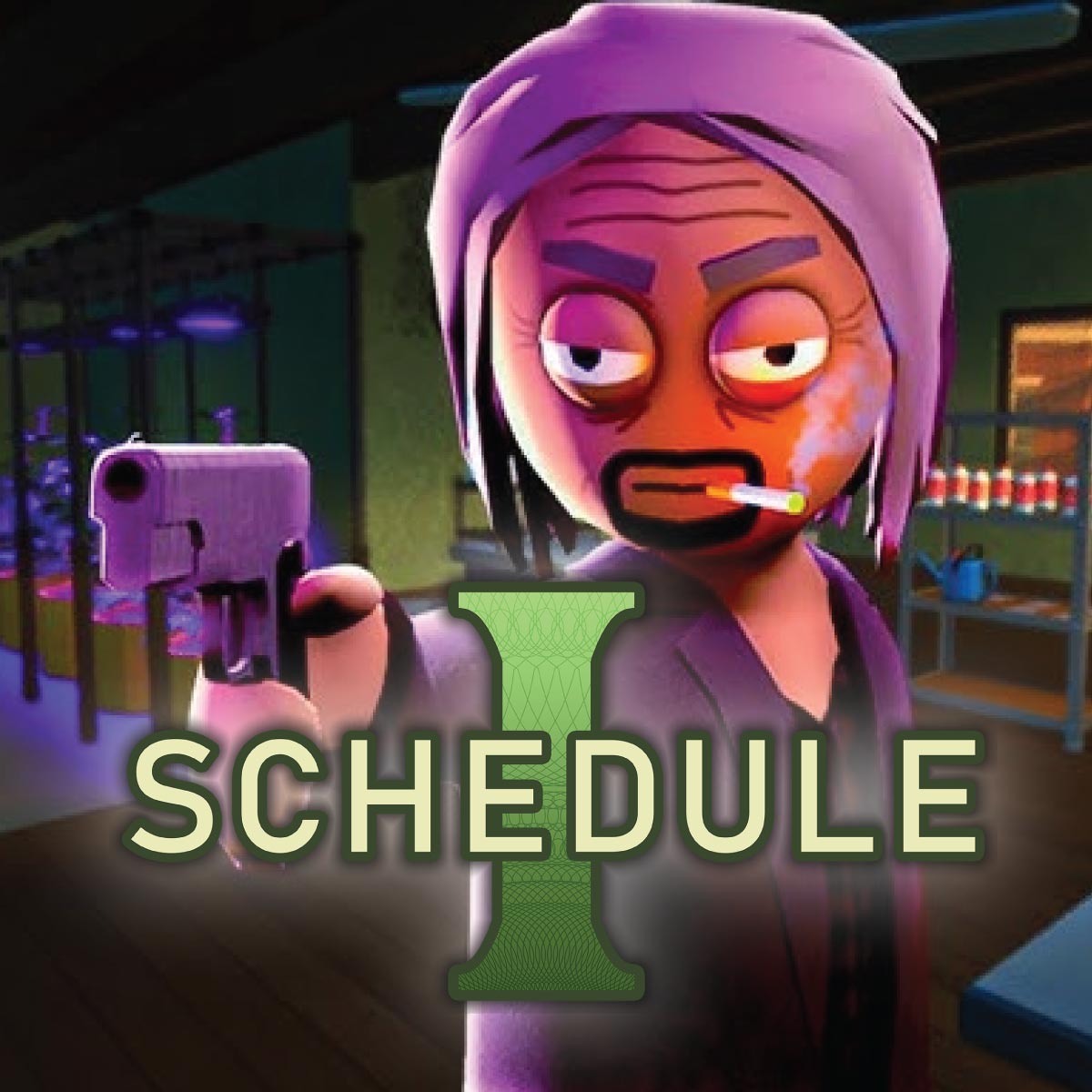
Schedule I
All trademarks belong to their respective owners. Get GameThe Arctic’s Grip: Environmental Storytelling and Challenges in Schedule One
The silent, desolate expanse of the Arctic Circle is a character unto itself in Schedule One, acting as both a stunningly beautiful backdrop and an omnipresent, unyielding force of terror. This psychological survival horror game leverages its extreme setting not just for aesthetic appeal, but as a vital component of its environmental storytelling and a source of unique, inherent challenges. The abandoned research facility, isolated amidst endless ice and snow, breathes life into the narrative through its decay and design, while the brutal climate constantly tests the player’s resolve. Understanding how Schedule One uses its environment to weave its chilling tale and impose relentless survival demands is key to appreciating its deep world-building and the multifaceted nature of its horror.
Environmental Storytelling: The Facility’s Silent Language
The abandoned Arctic research facility is not merely a collection of rooms; it’s a meticulously crafted canvas for environmental storytelling, offering clues to the horrors that unfolded within.
- Evidence of Rapid Evacuation/Struggle: Overturned chairs, scattered documents, hastily abandoned equipment, and perhaps even dried bloodstains can immediately convey a sense of panic and violence that gripped the facility. These visual cues tell a silent story of terror without a single line of dialogue.
- Personal Touches and Remnants: Discovering personal items like photographs, drawings, or half-eaten meals can humanize the facility’s former inhabitants, making their implied fates more tragic and resonant. These details provide emotional weight to the lore.
- Progression of Decay/Infection: The state of the facility can evolve as the player delves deeper. Starting relatively intact, later sections might show increasing signs of decay, structural damage, or even unnatural biological growth if a pathogen is involved. This visual progression tells a story of the escalating disaster.
- Scientific Clues and Experimentation: Labs filled with strange equipment, cryptic diagrams, and discarded experimental apparatus hint at the nature of the research that led to the catastrophe. These elements are crucial for understanding the lore and the origins of the game’s threats.
- Architectural Clues: The design of certain rooms or sections might suggest their purpose or hint at the nature of the entity/problem. For example, reinforced doors could imply containment, while bizarre, non-Euclidean spaces could suggest a break in reality or a psychological element.
- Lighting and Shadow Play: The way light filters (or doesn’t filter) through windows, the flickering of emergency lights, and the pervasive shadows are not just atmospheric; they are integral to creating the feeling of a place where something is wrong, hinting at hidden dangers and the erosion of safety. This visual language is key to the horror and atmosphere.
The Arctic’s Challenges: A Relentless Adversary
Beyond the internal horrors of the facility, the external Arctic environment presents its own set of persistent survival challenges.
- Hypothermia and Exposure: The brutal cold is a constant threat. Players will likely need to manage a temperature meter, seek warmth from functioning heaters or crafted fires, and find insulated clothing. Venturing outside without proper preparation could quickly lead to hypothermia, impaired movement, and ultimately death. This enforces a meticulous approach to resource management.
- Blizzards and Whiteouts: Dynamic weather effects, particularly blizzards, could drastically reduce visibility, making navigation treacherous and increasing the risk of getting lost or encountering hidden dangers. The howling wind could also mask other terrifying sounds, heightening auditory tension. These environmental hazards add dynamic gameplay.
- Limited Visibility and Navigational Hazards: The perpetual twilight or darkness in some areas, combined with snow-covered terrain, can make navigation difficult. Hidden crevasses, thin ice, or submerged obstacles could pose physical threats, requiring careful exploration and problem-solving.
- Scarce Resources: The barren nature of the Arctic means that natural resources are virtually non-existent. This amplifies the need to scavenge meticulously within the facility for food, water, fuel, and other survival necessities, reinforcing the game’s survival mechanics.
- The Psychological Impact of Isolation: The sheer, overwhelming emptiness of the Arctic also takes a psychological toll. The vast, unfeeling landscape emphasizes the protagonist’s isolation and insignificance, contributing to the feeling of dread and potentially accelerating sanity degradation. This environmental psychological effect is often overlooked but powerful.
Synergy of Environment and Horror
The genius of Schedule One’s environmental design lies in its seamless integration with the overall horror experience.
- Reinforcing Themes: The oppressive environment reinforces themes of isolation, futility, and humanity’s fragility when confronted with overwhelming forces, both natural and unnatural.
- Heightening Stakes: Every exploration outside or into a broken section of the facility becomes a high-stakes decision, as the environment itself can be as deadly as any creature.
- Visual and Auditory Immersion: The combination of detailed environmental textures (ice, rust, snow) and realistic ambient sounds (wind, creaking metal) creates an incredibly immersive experience that pulls the player deeper into the terrifying setting.
Schedule One’s use of the Arctic as a dynamic and narrative-rich environment is a powerful element of its psychological survival horror. By seamlessly blending environmental storytelling with constant survival challenges, the game crafts a deeply immersive and terrifying experience. The facility and the frozen landscape around it are not just settings, but active participants in the player’s descent into madness, ensuring that the grip of the Arctic, and its hidden horrors, remain long after the game is finished.
What is your favorite example of environmental storytelling in a horror game, and how did it impact your experience?